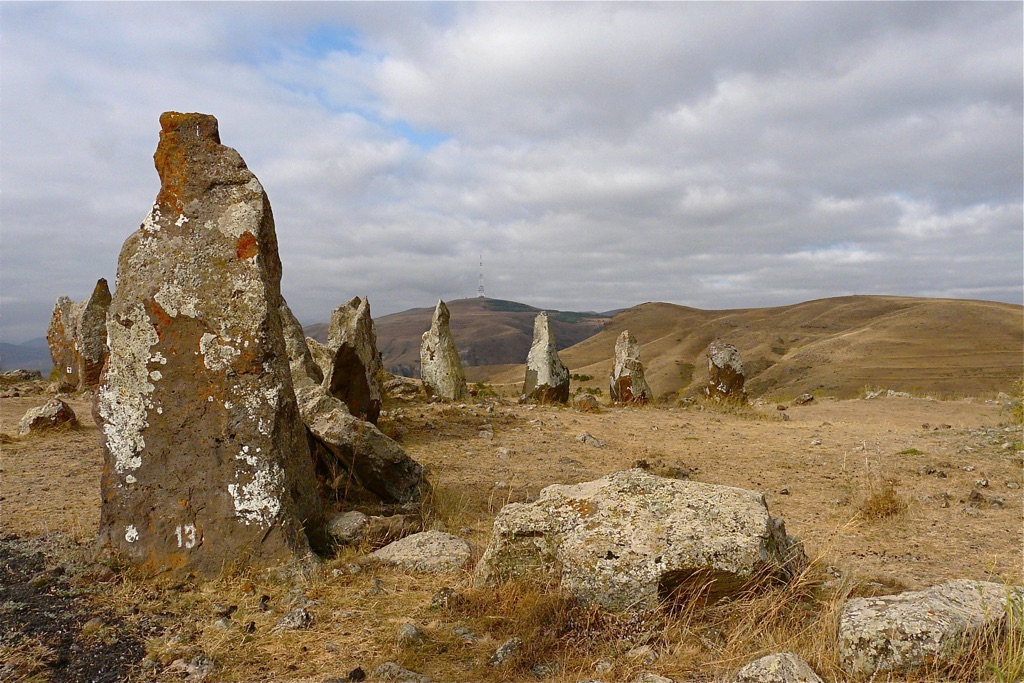Carahunge, often referred to as the Stonehenge of Armenia, captivates visitors with its ancient stones. This prehistoric complex boasts over 200 massive boulders, some reaching up to three meters in height. The true purpose of this site stirs intrigue as theories suggest it served as an astronomical observatory. Each stone precisely angled, researchers believe they align with celestial bodies. This theory is bolstered by the discovery of smooth, angled holes in certain stones. These clues point towards a sophisticated understanding of astronomy by ancient civilizations.
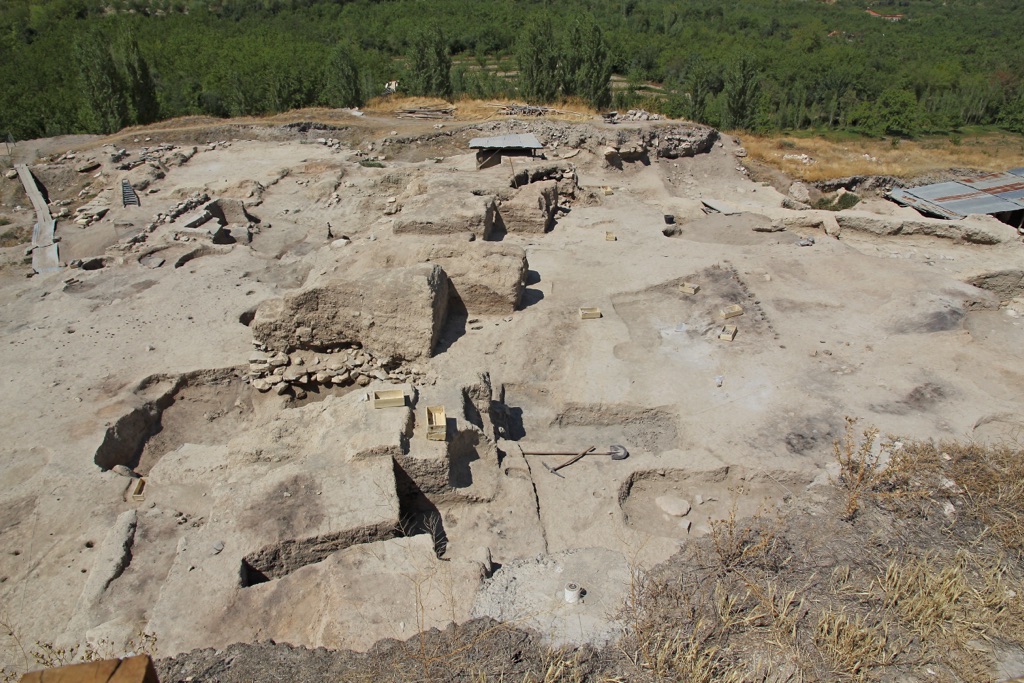
Arslantepe
Arslantepe Mound stands as a testament to thousands of years of human history. Located in eastern Turkey, this archaeological site reveals a continuous occupation from at least the 6th millennium BCE until the late Roman period. Its early urban structures and monumental buildings reflect a complex society. The site is notably home to one of the earliest known palatial buildings, dating back to the 4th millennium BCE. Arslantepe provides critical insights into the development of rulership and state bureaucracy in the early Bronze Age.
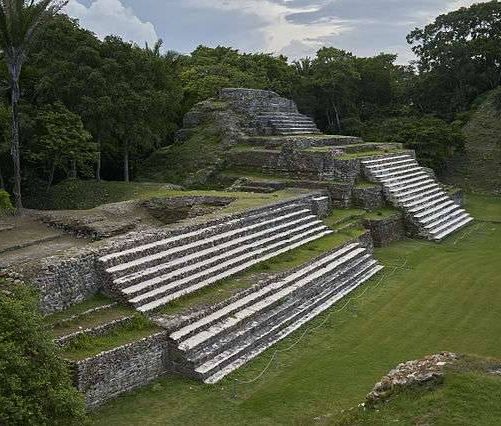
Altun Ha
Nestled in Belize’s lush tropical landscape, the Altun Ha Maya Ruins beckon as a testament to the ingenuity of ancient civilizations. This significant archaeological site gives us a window into the sophisticated Mayan culture, boasting structures that have withstood the test of time. Amongst the remnants, the Temple of the Sun God, a notable pyramid, offers a mystic aura and an awe-inspiring view.
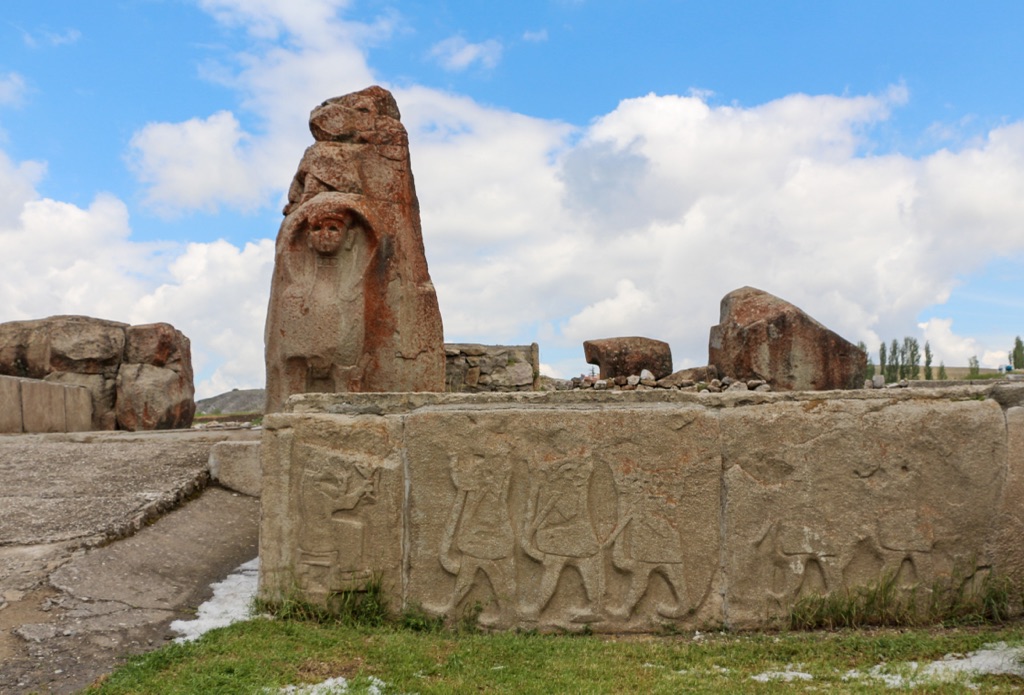
Alaca Höyük
Alaca Höyük is a significant historical site nestled in Turkey’s northern central region. It is renowned for its impressive archaeological finds dating back to the Bronze Age. The Hittite civilization carved its stories into this land, leaving behind artifacts and architecture. Visitors can vividly experience this ancient world through its ruins and museum displays. The site captures the essence of a pivotal era, providing insights into early urban development and culture.
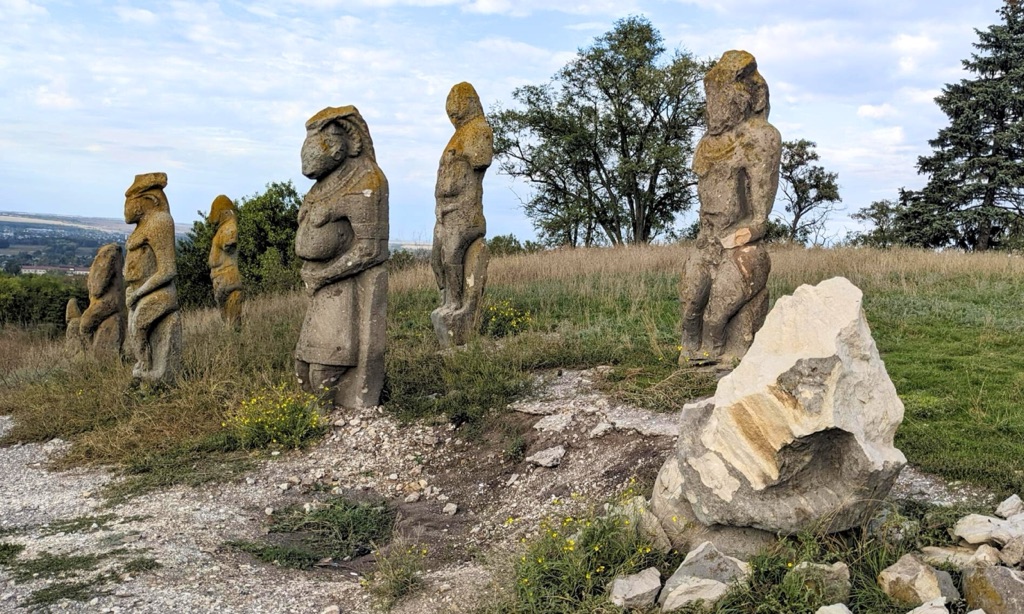
Polovtsian Babas
The Polovtsian Babas, also known as stone babas or kurgan stelae, are a mysterious collection of anthropomorphic stone statues. They date back to the medieval period, standing as intriguing remnants of the Cumans’ or Polovtsy’s historical presence in Eurasia. The statues feature human-like figures, often depicted with facial features and ornaments, symbolizing historical and cultural narratives. Erected primarily in the steppes of Ukraine and southern Russia, these enigmatic figures captivate historians and tourists alike. They reveal insights into the artistry, beliefs, and societal structure of the nomadic tribes that once flourished in these lands.
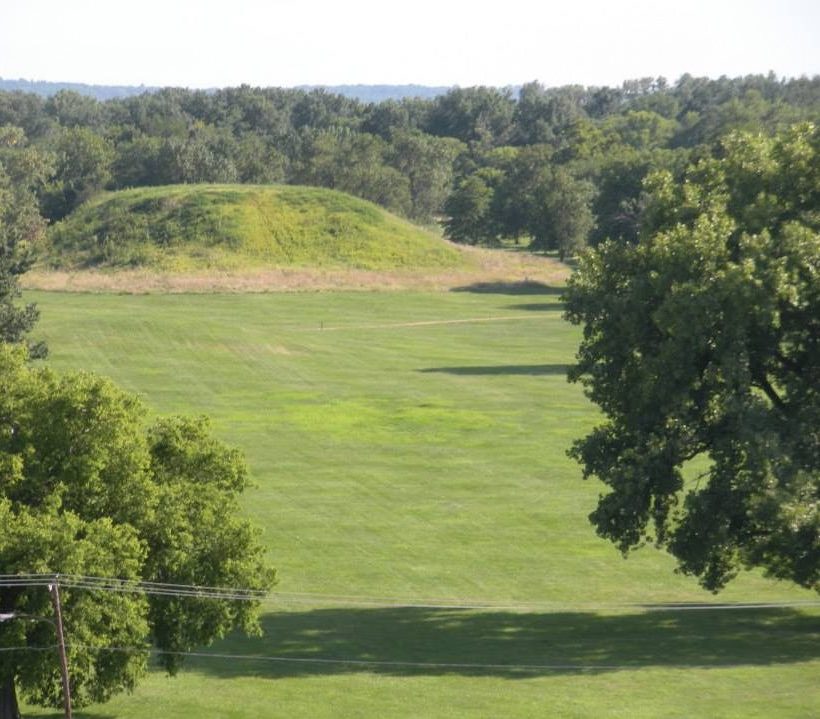
The Cahokia Mounds
The Cahokia Mounds stand as a testament to the ingenuity and cultural achievement of the Mississippian people who thrived from 700 to 1400 A.D. This fascinating historical site, located in present-day Illinois, encompasses the remains of this pre-Columbian Native American city. Here, visitors discover a complex society, rich in rituals and organizations, evident from the numerous ceremonial mounds spread across the area. Cahokia Mounds reveals the social and political structure of the time through its central features like the Grand Plaza, used for gatherings and important events, and Monks Mound, the largest prehistoric earthen construction in the Americas.

